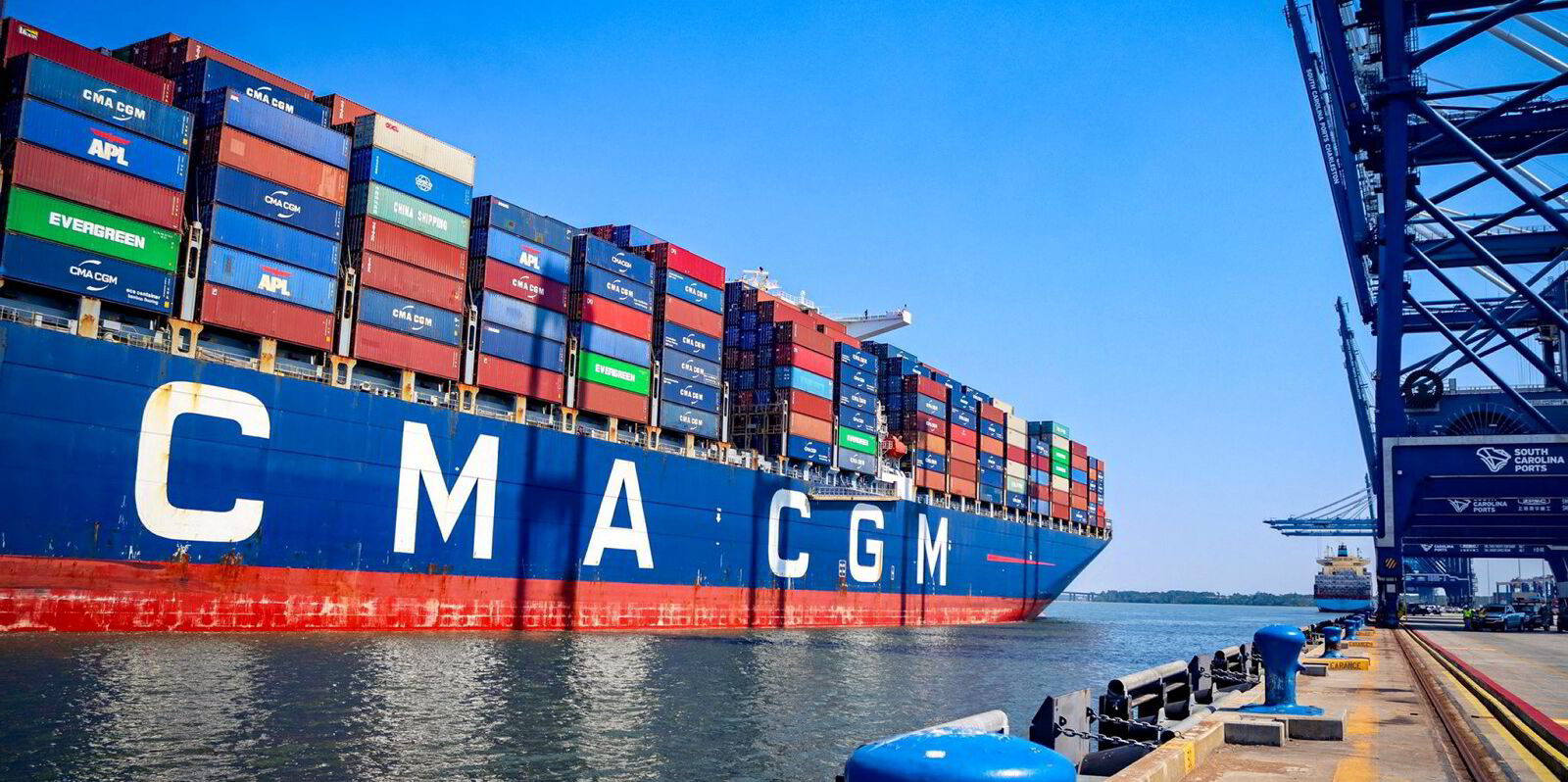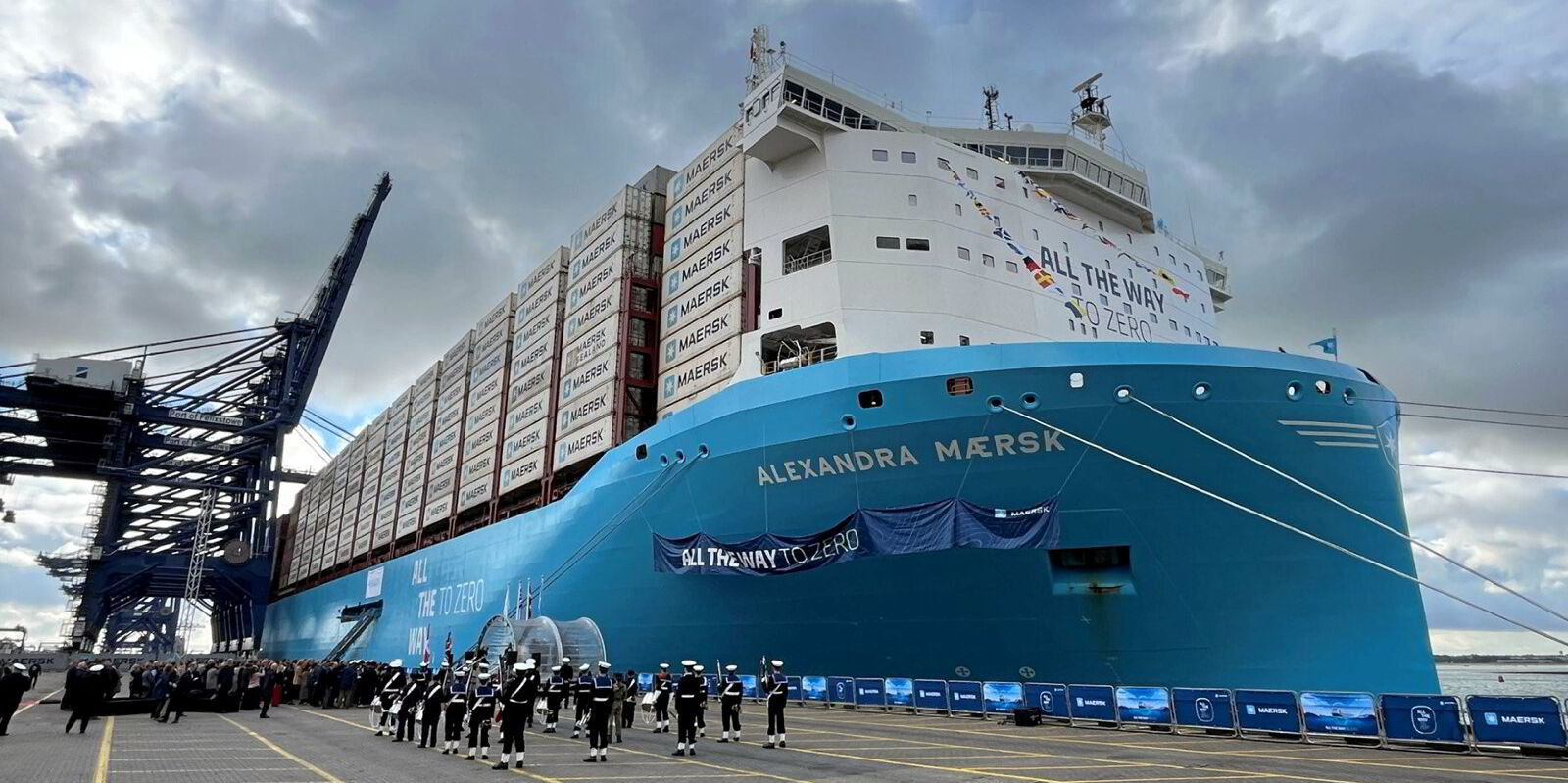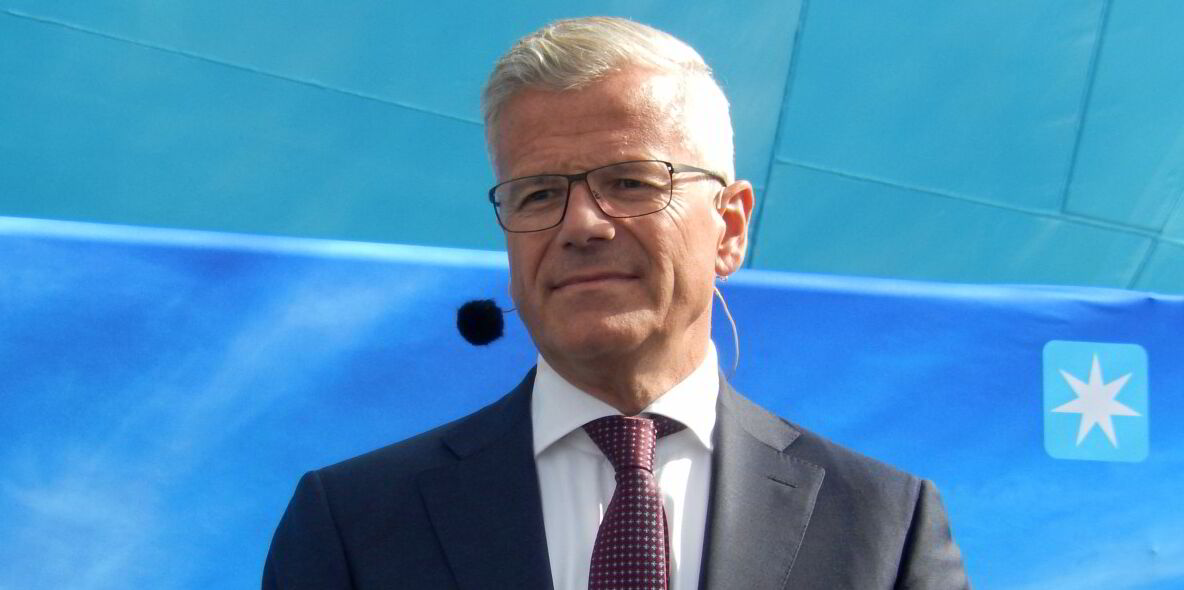Container freight rates look to have bottomed out this year and the prospects for next year are uncertain, according to digital freight forwarder Zencargo.
Data showing forward shipments by cargo owners suggests that the market is reaching a point of supply-demand balance after falls in recent weeks, said co-founder and chief commercial officer Richard Fattal.
Purchase orders of shipments point to stabilisation going into November and December affecting freight rates on the Asia-Europe trade.
“We’re seeing some normalisation,” Fattal told TradeWinds.
“There’s been an attempt to pass a GRI [general rate increase] by the carriers. I’m not sure that that will hold.”
Sustained demand for the coming weeks suggests there would not be a collapse in rates in the run-up to Christmas.
The market could be further sustained by shippers pulling forward shipments for November and December ahead of the Chinese New Year at the end of January.

However, the large amount of container shipping capacity coming on stream may indicate weaker freight rates next year.
“I think it’s going to be more difficult in terms of the supply-demand imbalance for next year, unless we see something change in terms of the economic outlook,” he said.
Transpacific time lag
Freight rates on the transpacific are expected to follow a similar pattern to the Asia-Europe trade, where rates have fallen in recent weeks.
The decline stemmed from the short-lived US strike by the International Longshoremen’s Association (ILA).
That also resulted in shippers bringing forward shipments in anticipation of the strike.
The prospect of renewed industrial action affecting the US East Coast and Gulf of Mexico ports after 15 January could also result in a spike in short-term demand in the coming weeks.
“What we’ve seen is basically the ILA has stalled that market from going into oversupply,” Fattal said.
“It remains to be seen whether or not the January date causes that to be protracted, or whether people are more relaxed.”
That would depend on what the largest beneficial cargo owners decide.
“They’re the ones who are actually able to make decisions about pulling forward demand, and they can tip the balance on the trade by 5% or 10%, which is all it takes to change the pricing,” Fattal said.
Transatlantic niche
Freight rates on the transatlantic have also received a boost from the US strike.
A few niche carriers had received an injection of cargoes because they had access to ports that were not affected by the strike.
“So there’s been some pulling forward of demand on the transatlantic,” Fattal said.
“And there’s been some shifting from certain carriers to the niche carriers who have access to the other ports.
“But from a demand and supply perspective, I would say it’s somewhat artificial.
“There’s no new excess growth on the transatlantic.”
London-based Zencargo provides shippers with real-time supply chain visibility through its proprietary data platform.






